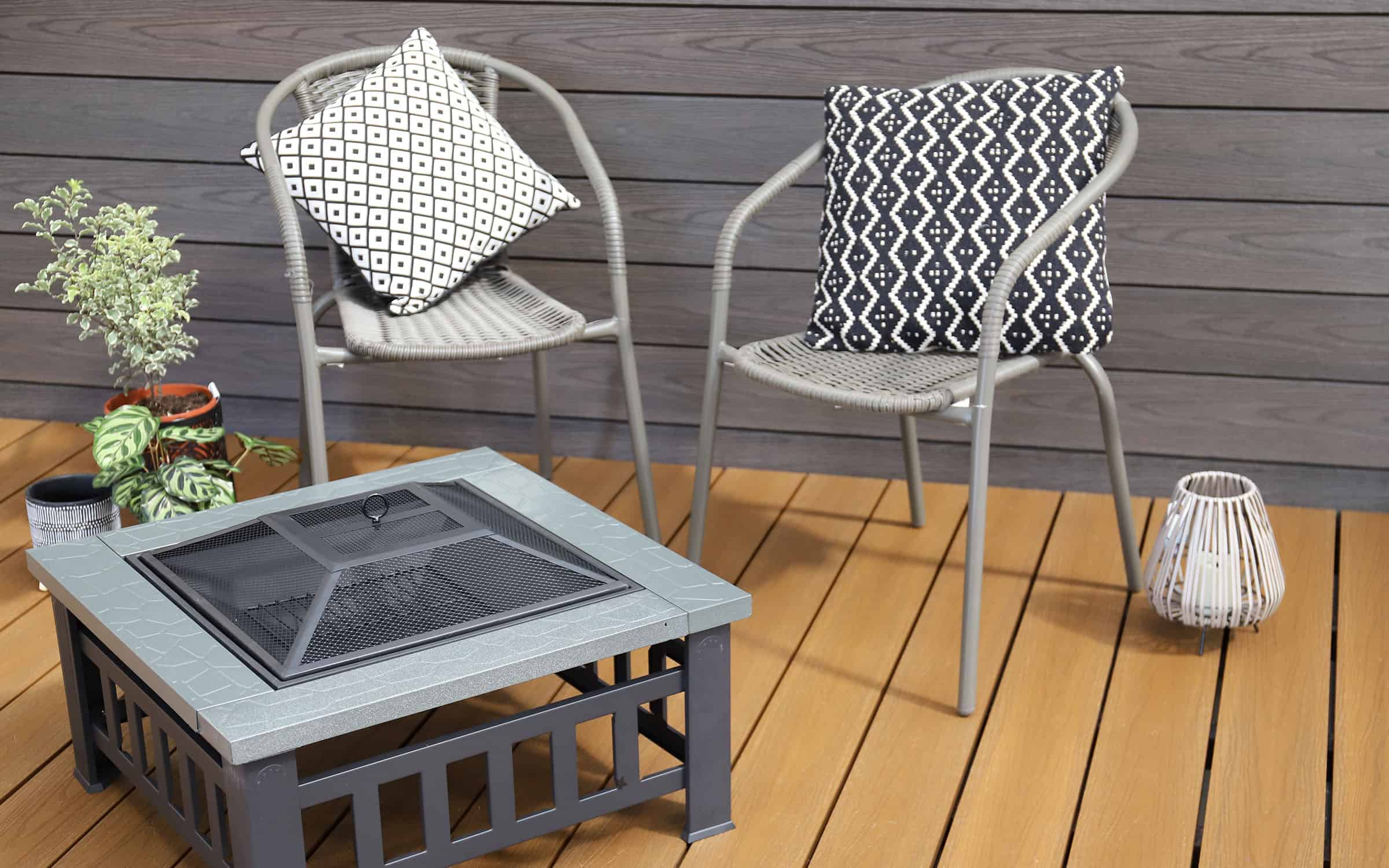NeoTimber® fire rated cladding is classified in accordance with British Standard EN 13501-1, achieving the industry norm for low rise developments.
Specifying the correct fire rating for your project is of huge importance. Unfortunately, some companies may still make false claims regarding their cladding solutions and others falsify their results to achieve a safer fire rating than their cladding can handle. This is both unwise and dangerous. NeoTimber’s approach is that of transparency. Below, we outline the fire rating standards achieved by our composite cladding products and explain what this may mean for your project.
Fire Rating Classification For Cladding Explained
A fire rating classification is a system that evaluates a product or building element’s resistance to fire. For a product to be used in a construction project that complies with building regulations, it must pass “British Standard” tests regarding fire resistance and protection. Put simply, it is a classification or seal of approval that provides users with a guarantee that the product they choose is fit for purpose, and most importantly, safe for that application.
Fire rating is achieved through a series of product tests and while numerous classification systems exist, the most widely recognised is EN 13501-1: Fire Classification of Construction Products and Building Elements. This classification is a test procedure that examines the burning behaviour of a given building product, with focuses mainly on the product’s combustibility, heat levels, flame spread and smoke release. The BS EN 13501-1 rating system includes 7 tiers of classification, ranging from A1, which signifies the highest-performing, to F, which signifies the worst-performing.
Scroll table sideways on mobile device to see full table >>
| Classification | Definition | Description |
|---|---|---|
| A1 | Non-Combustibility | No contribution to fire |
| A2 | Limited Combustibility | Very limited contribution to fire |
| B | Combustible | Limited contribution to fire |
| C | Minor contribution to fire | |
| D | Medium contribution to fire | |
| E | High contribution to fire | |
| F | Easily flammable |
Does NeoTimber® supply non-combustible cladding?
The material make-up of the product (comprised of primarily recycled plastic and reclaimed timber), means that it is impossible to reach a classification of ‘non-combustibility’. NeoTimber’s Classic composite cladding is Class C fire-rated, while our Deluxe and Slatted composite cladding ranges are Class D fire-rated.
The exact classification for our composite cladding being: C-s1, d0 (Classic composite cladding) and D-s1, d0 (Deluxe and Slatted composite cladding).
What does the “C” or “D” relate to?
The “C” or “D” part refers to the fire behaviour of the product as detailed in the table above.
What does the “S” relate to?
The “S” part of the classification refers to smoke emission (or release) during combustion: S1 is classified as the quantity/speed of emission as being weak – which is the highest classification available.
What does the “d” relate to?
The “D” part of the classification relates to the creation of flaming droplets when exposed to test conditions. Test data reported no flaming droplets within a 600 second test period.
What Does Class-C Or Class-D Fire Rated Cladding Mean For My Project?
Put simply, there are projects which are suitable for NeoTimber® composite cladding and there are others for which it would be unsafe.
Our fire resistant cladding is built to fall within Class C (Classic composite cladding) and Class D (Deluxe & Slatted composite cladding) fire rating classifications. Suitable for low rise developments both commercial and domestic, NeoTimber® composite cladding is the professional choice. For clarity, we outline exactly where NeoTimber’s fire rated cladding products can be installed:
- Buildings That Can Use NeoTimber® Composite Cladding: Low-rise residential and commercial projects and building and renovation projects that do not require building regulation approval.
- Buildings That Cannot Use NeoTimber® Composite Cladding: New buildings that have a high-rise status (defined at above 11m) and in which people sleep.
Despite new rules designed to make buildings safer, there is still a lot of confusion surrounding fire ratings. Along with general building regulations, you will need to comply with local planning regulations and any restrictions in your locale. If you have any questions, please contact our office on 01530 382 180 and we will be happy to explain further.

Need Further Support or Advice?
If you’ve still got questions that have not been answered here, or you would like additional advice,
support or assistance then please give one of our friendly experts a call and we’ll be happy to help.
Just give us a call on 01530 382 180.
